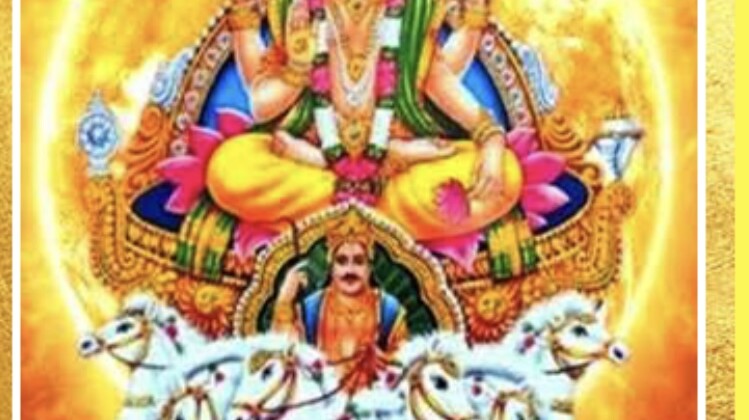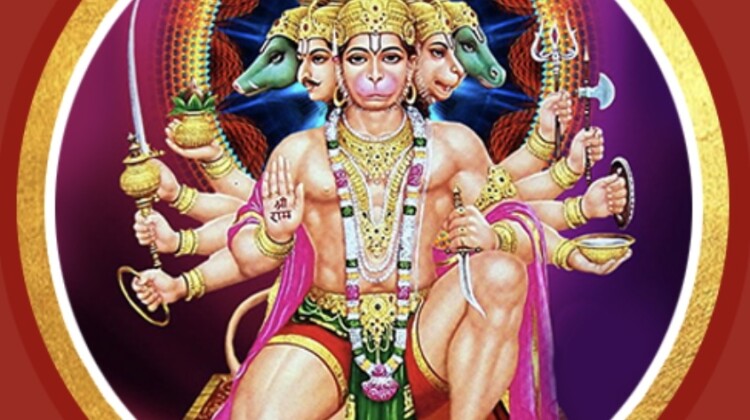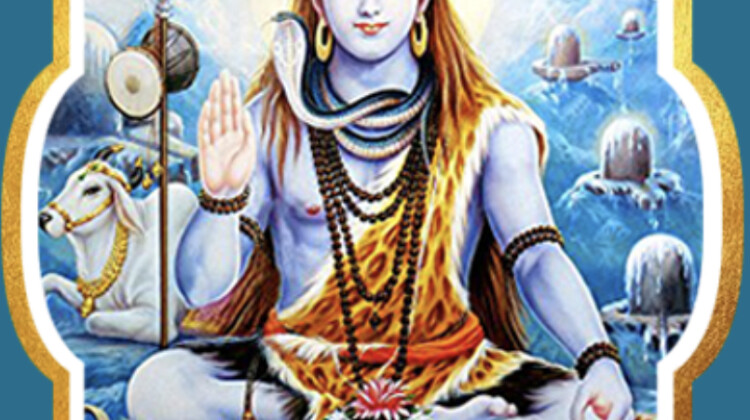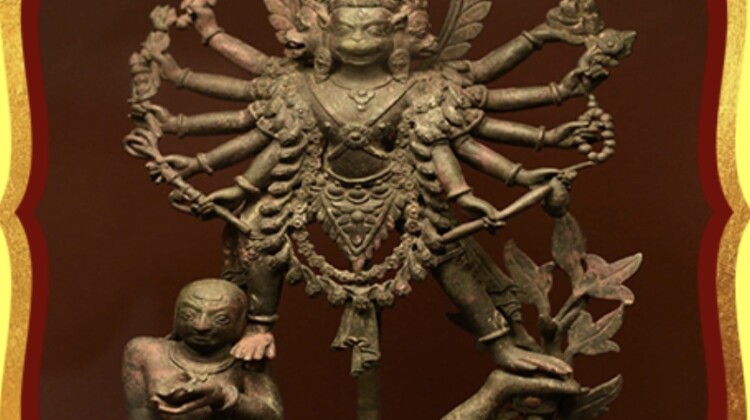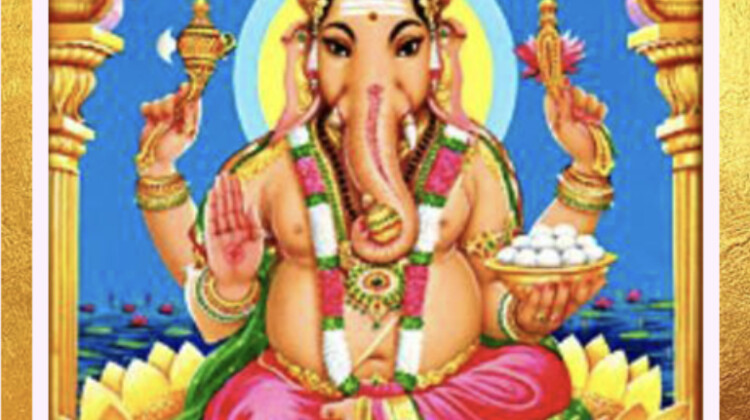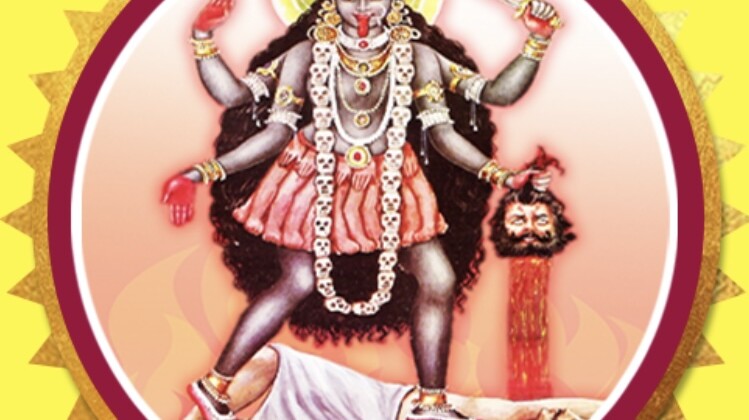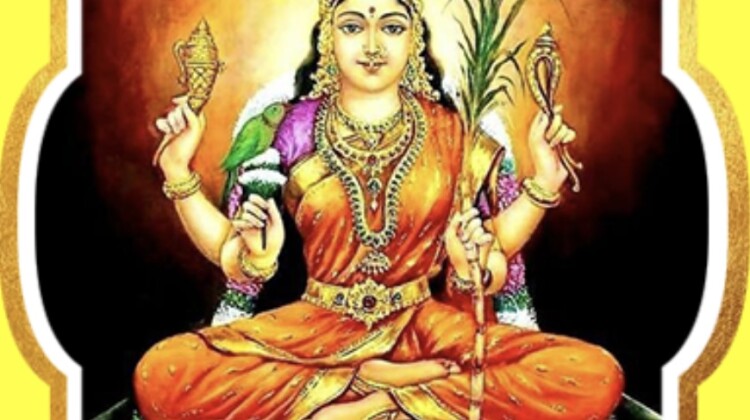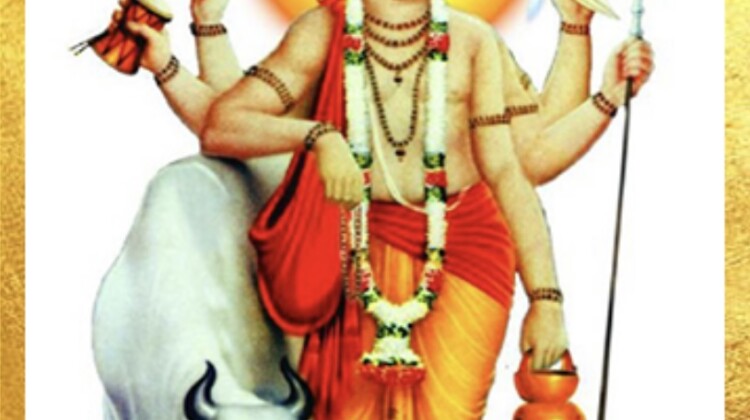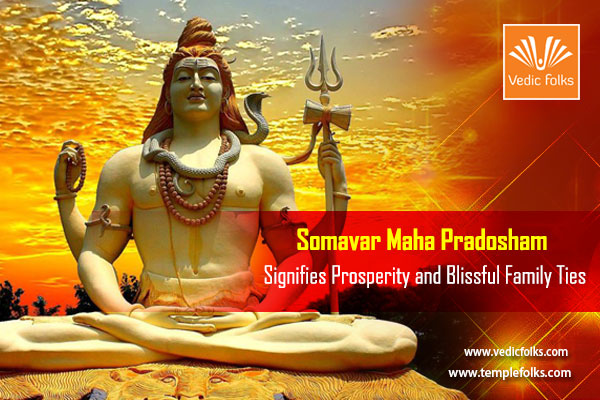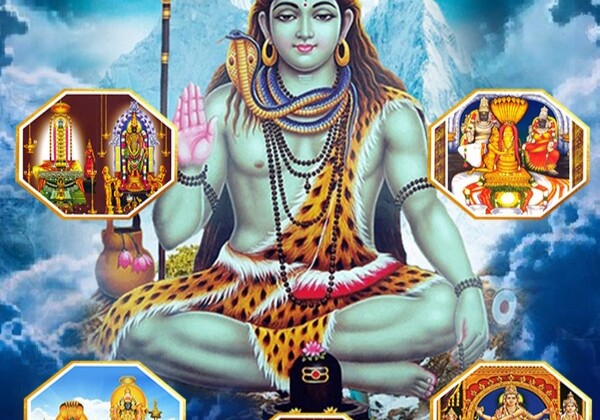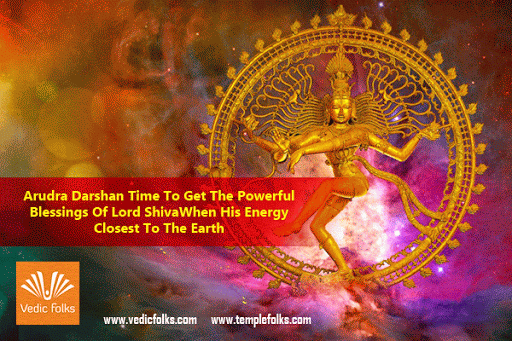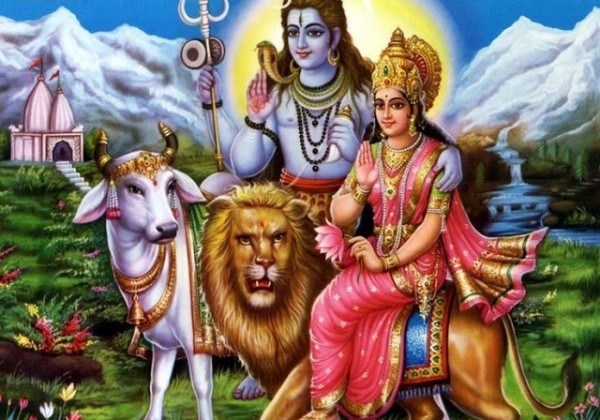Somavara Maha Pradosham
Somavara Maha Pradosham Removes Dosha, Bad Karma Brings Prosperity
Pradosham is an important day for Lord Shiva and this day gives an opportunity to remove negative karma. Usually, it occurs twice in a month, during the waxing moon and the waning moon. Worshipping Lord Shiva with complete devotion during this auspicious time helps to free a devotee from all his sins. The word ‘Pra’ means remover & ‘Dosha’ means Karma. When Pradosham day falls on Monday it is called Somavara Pradosham and when it falls on Saturday it is called Shani Pradosham. These two Pradosham days are considered very auspicious and it is also called as Maha Pradosham.
Soma is one of the names of Lord Shiva. The name ‘Someshwara’ means that one who cherishes the crescent Moon on his tangled hair. This day is not only important for worshipping Lord Shiva but also for Mother Parvati. ‘Soma’ also means Uma (Mother Parvati). Offering special pujas and rituals on all Somavara (Monday) Pradosham helps a devotee to get abundant blessings of Lord Shiva and Mother Parvati. And also, it helps to nullify the malefic effects caused by Moon Dosha (Chandra Dosha), bring prosperity and blissful family life.
Lord Trimbakeshwar – The Lord Of Maha Mrityunjaya Mantra
Lord Trimbakeshwar is one of the forms of Lord Shiva. Lord Trimbakeshwar’s blessings eliminate enemies, negative forces, disease, and bad karma within a person and from outside elements. The Maha Mrityunjaya Mantra is dedicated to this lord who protects us from crude diseases and inevitable death. Trya means three, Ambakam means eyes and Ishwar is Lord Shiva. Lord Trimbakeshwar manifested to diminish the sins of his devotees who pray sincerely. He is also the reason why the holy River Ganges meanders its way from the Himalayas emptying itself into the Bay of Bengal. In order to get the blessings of Lord Trimbakeshwar the special rituals done on a Monday Pradosham is believed to be extremely auspicious.
How Pradosham Came Into Existence
According to one version, Pradosham is linked with the Samudra Manthan. On this day, Lord Shiva drank the Halahala poison, which has the power to destroy the whole world. During the churning of the milky ocean, a pot of poison came out of the ocean. To seek help, all devas and asuras went to Lord Shiva. In order to save the world, Lord Shiva swallowed the deadly poison and ordered the Devas to resume their churning of the Milky Ocean. Lord Shiva’s throat turns into blue for that he gets the name ‘Neelakantha’. On the 12th moon day, they were finally got the Amirtham. They forget to honor Lord Shiva for saving the entire world from the deadly poison. On the 13th Moon day, all the Devas and Gods realized their sins and worshipped Lord Shiva for forgiveness. Pleased by their worship, Lord Shiva danced between the horns of Nandi (Bull Vahan). That auspicious timing is called Pradosham and it is believed that one who prays to Lord Shiva at that time will attain mukti and all their wishes will be fulfilled.
Why Trimbakeshwar Worship On Somavar Maha Pradosham Is Important?
Lord Trimbakeshwar in the form of a jyothirlinga absolves the sins of his devotees, eliminates pitru doshas and grants Moksha. The jyothirlingas manifested on the day of Somavar Maha Pradosham in the month of Vaikasi/Vaisakha near Nasik. The unique feature of the linga is that it has three faces that of Brahma, Vishnu and Mahadev, hence another reason for the name Trimbakeshwar. Worshipping and offering special rituals on the day of Somavar (Monday) to Lord Shiva is equal to having a glimpse of the lord and his consort in heaven. So glorious is the day that if one observes 16 Somavar Pradoshams in his/her lifetime, then it definitely leads to Moksha or reaching Kailash after death.









